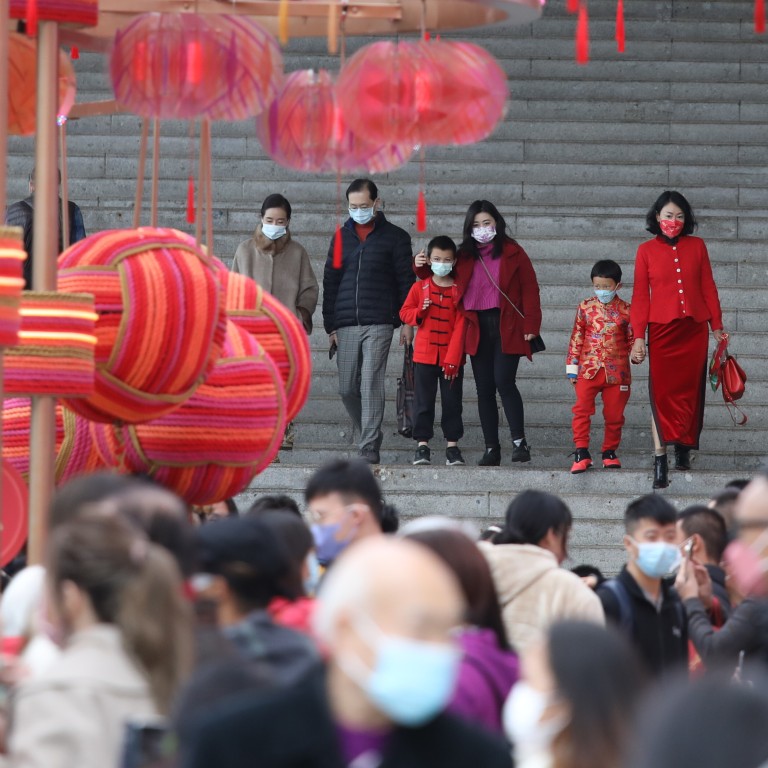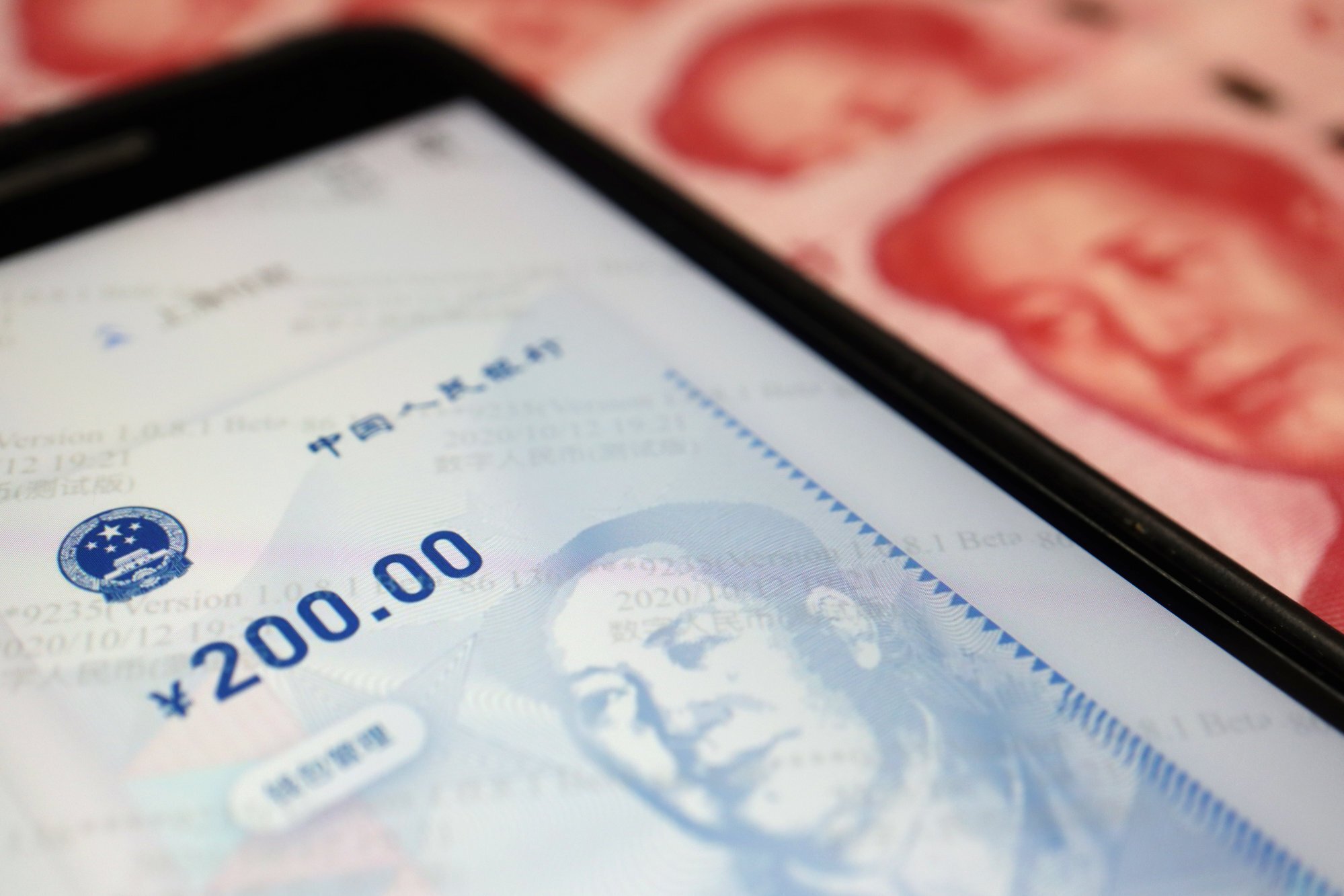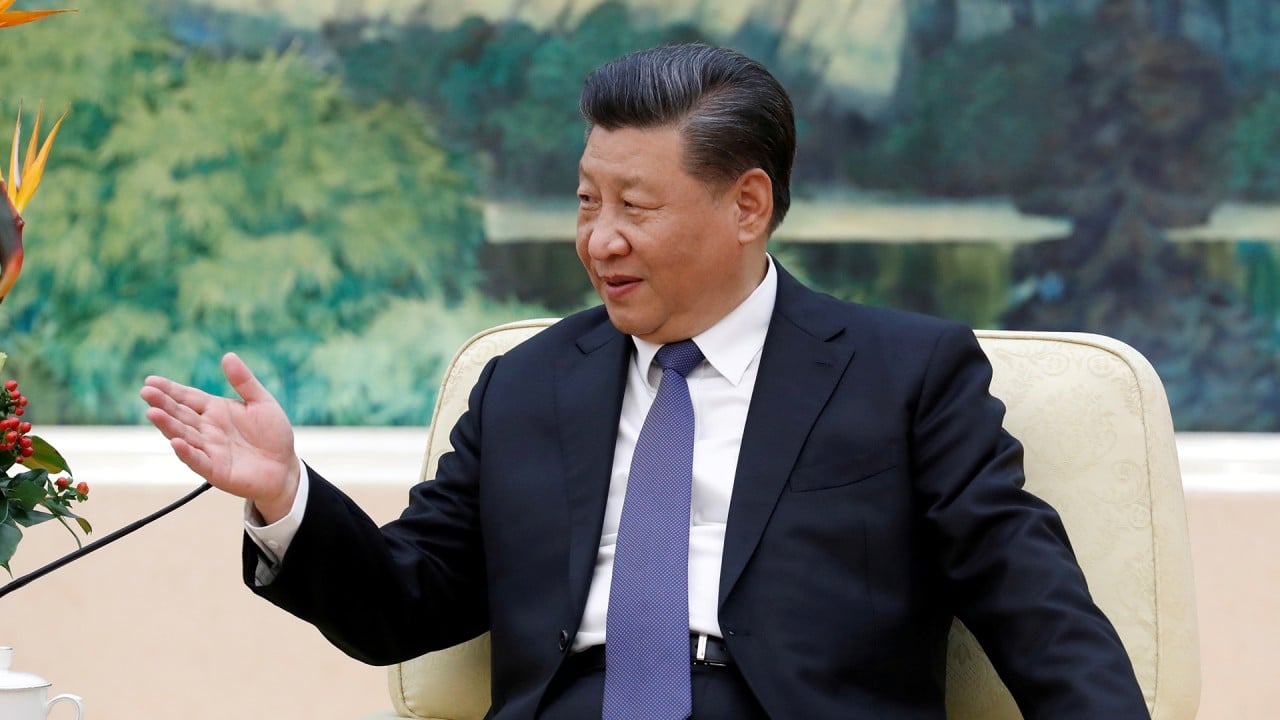
Hong Kong sets stage for e-CNY use, to launch pilot ‘soon after Spring Festival’
- The pilot will strengthen Hong Kong’s role as an international offshore yuan trading centre, HKMA’s Eddie Yue says
- ‘Restaurants and other shops in Lan Kwai Fong will like to join the test, because the e-CNY is the future of payments’: Allan Zeman
He did not give the exact launch date but said: “It will launch soon after the Spring Festival.” According to Chinese tradition, this period ends on the 15th day of Lunar New Year, which falls on February 15 this year.
Those who want to use the digital yuan will need to download e-CNY wallets, which will link up with Hong Kong’s FPS, to top up and make payments. The FPS had 9.6 million registered users at the end of last year, and the average number of daily transactions rose 90 per cent year on year to 670,000 in 2021.

Lawmakers welcomed the pilot, which Yue said would initially focus on retail payments before being expanded to cover wholesale transactions at a later stage.
The digital yuan is currently being used in the mainland cities of Shenzhen, Suzhou, Xiongan, Chengdu, Shanghai, Hainan, Changsha, Xian, Qingdao and Dalian, as well as Beijing and Winter Olympics venues outside the capital.

Allan Zeman, the founder and chairman of Lan Kwai Fong Holdings and its namesake nightlife district in Hong Kong’s Central, said he would like to see his shops and restaurants join the e-CNY pilot scheme.
“Of course, restaurants and other shops in Lan Kwai Fong will like to join the test, because the e-CNY is the future of payments. No one uses cash in mainland China. Hong Kong will need to catch up and develop digital payments systems to attract more tourists,” Zeman told the Post.
The pilot will come at a time when few mainland tourists are visiting Hong Kong because of strict quarantine rules amid the Covid-19 pandemic. The number of inbound tourist arrivals plummeting by 98 per cent to 81,950 in the first 11 months of last year, from 3.56 million in the same period in 2020.

Zeman, however, said it would be good to start the pilot at a low time to make sure the system works well, so that it is ready for the influx of tourists once the border with mainland China reopens.
The e-CNY is operated via a secured blockchain system governed by the PBOC, so people need not have any security concerns, Chow added.
The authority was also in discussions with banks about helping small and medium enterprises hit hard hit by the fifth wave of the pandemic, Yue said on Monday.


